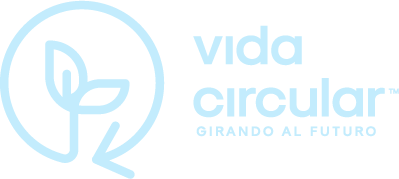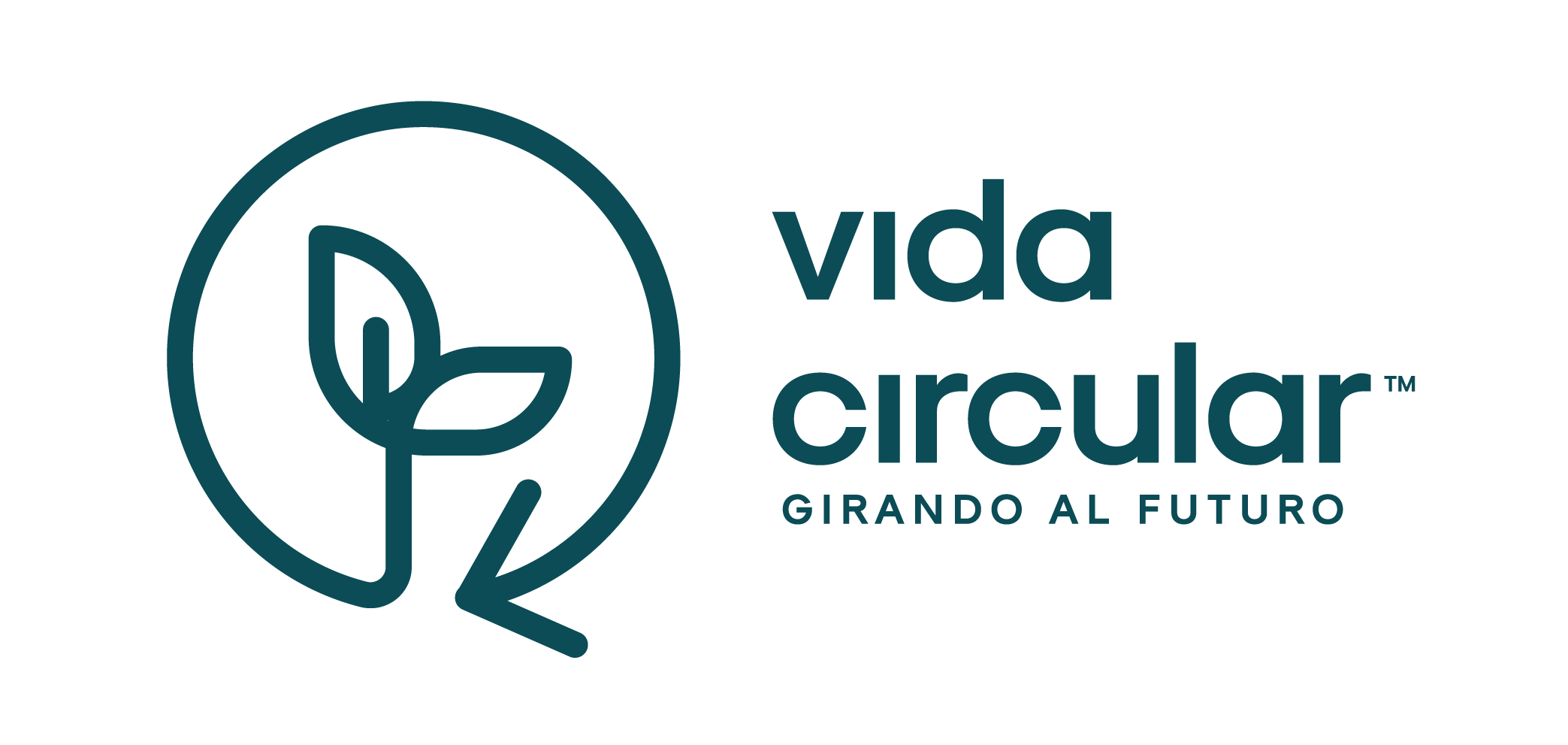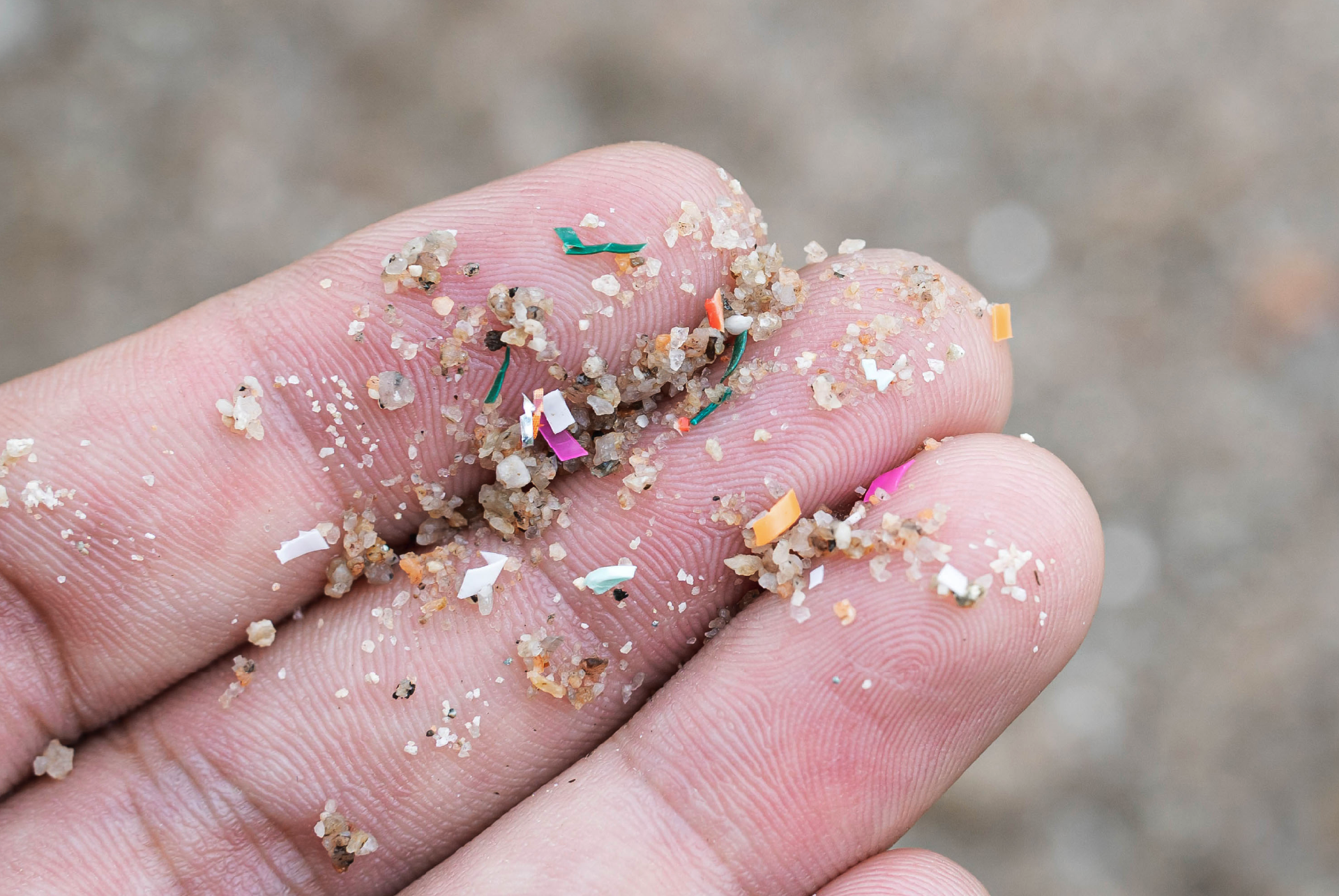
What are microplastics? The reality we need to know
When we talk about microplastics, it is common to hear disturbing warnings about their presence in water, air and even in our food. But how true is all the talk about them? Before we become alarmed, it's important to really understand what they are, where they come from and what impact they have.
Microplastics are small plastic particles, less than 5 millimeters in size, that can be generated intentionally or as a result of wear and tear on larger plastic materials. They are found in many parts of the environment, but that doesn't mean they are the problem that some media make them out to be. To understand the truth behind microplastics, it's critical to base ourselves on scientific evidence and set aside misinformation. Join us in demystifying what we really know about them.
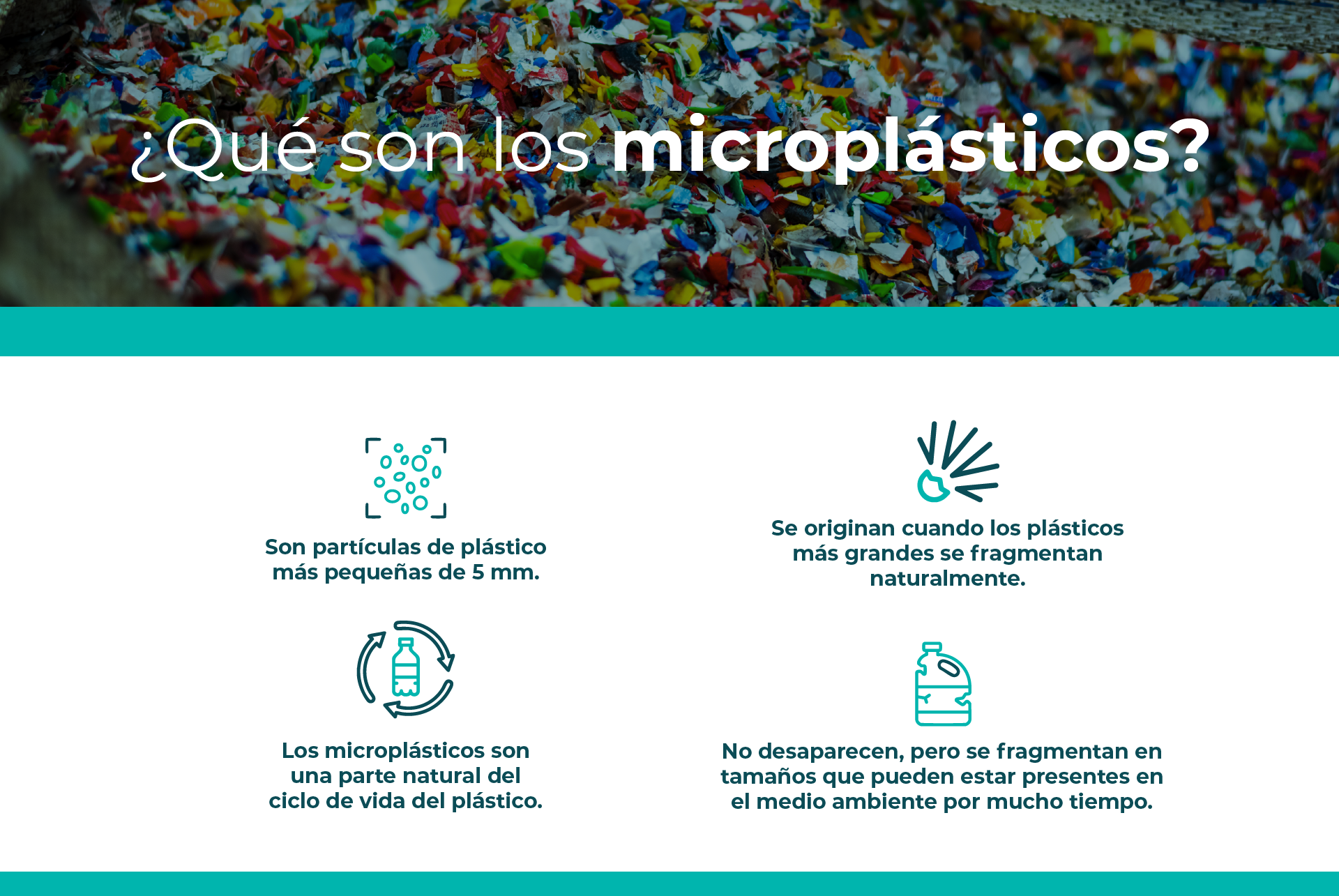
Really, how exposed are we to microplastics?
I'm sure you've heard that we are surrounded by microplastics and that we are even "eating and breathing them all the time". Sounds alarming, doesn't it? But, if we base it on science and not on sensationalist headlines, the reality is quite different.
To begin with, the amount of microplastics we ingest is extremely low. It is estimated that, on average, we consume less than 1 microgram per kilogram of body weight per day. To put it in perspective, that's like a drop of water in an Olympic-sized swimming pool.
And what about what we breathe in? Here's where a curious fact comes in, the common dust that floats in the air around us is much more abundant and, in comparison, we inhale a minimal amount of microplastics. In fact, we are much more exposed to natural particles such as pollen, ashes, fabric fibers and other materials that we have been breathing in all our lives without a problem (The Plastics Paradox, p. 108).
So, although it is true that microplastics are in our environment, their presence does not automatically mean a serious health risk. The important thing is to inform ourselves with real data and not get carried away by the panic that is often generated without solid foundations.

What is the real impact of microplastics in the oceans?
If you search for information about the oceans and microplastics, you have surely come across shocking images and alarming warnings. But, if you take a closer look at the data, it's a different story.
For starters, microplastics represent less than 0.01% of the materials present in the oceans (The Plastics Paradox, p. 116). In other words, although they may sound like they are "invading the sea," they are actually a tiny fraction of everything in the water.
In addition, there is a widespread notion that microplastics in the ocean come mainly from bottles, bags and other consumer packaging. But the reality is that most of it comes from the wear and tear of fishing nets. These nets, made of tough plastic materials, can degrade over time and release tiny particles into the water.
This does not mean that we should not be concerned about caring for the ocean, but it does mean that it is important to understand the source of the problem. Instead of focusing only on consumer plastics, it would be more effective to focus on solutions to reduce marine pollution from industrial fishing and improve waste management in general. In the end, making decisions based on real information will help us to better protect our seas.
What about microplastics in our body?
With so much alarming news about microplastics, it is natural to wonder: Are they poisoning us without us realizing it? But if we analyze the information with a scientific eye, the answer is much calmer than some people think.
To begin with, most microplastics do not accumulate in the body. When we ingest them (which, as we saw, is in miniscule quantities), our body eliminates them naturally, just as it does with other particles it cannot digest.
In addition, the most common polymers in plastics, such as polyethylene and polypropylene, are chemically inert. This means that they do not react or release toxic substances under normal conditions of use (The Plastics Paradox, pp. 113-120). In other words, a piece of plastic itself is neither poisonous nor dangerous to our bodies.
In fact, the U.S. Food and Drug Administration (FDA) has concluded that microplastics do not pose a threat to human health. This is important because this institution regulates the safety of the products we consume every day, from food to medicines.
So, although it sounds worrying to hear that there are microplastics in water or food, science tells us that there is no evidence that they are a real health risk. Of course, it is always good to continue researching and learning, but without falling into the unnecessary fear that is often spread without solid foundations.
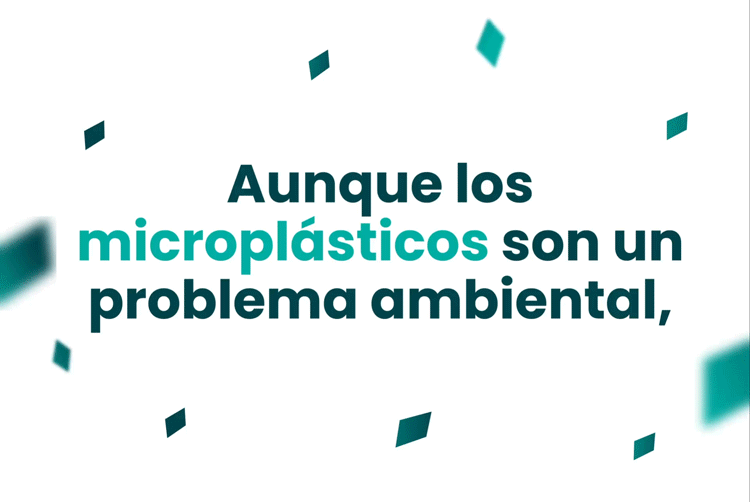
Importance of relying on real data
Nowadays, it is easy to find alarming information about microplastics. Social networks, news and documentaries bombard us with phrases like "we are full of plastic" or "microplastics are in our blood". But how true is all this?
A key fact that few mention is that 80% of studies on microplastics do not meet rigorous scientific criteria (The Plastics Paradox, p. 120). This means that many of the claims circulating about their alleged effects are based on poorly designed research, unreliable methods or exaggerated results. And when the information is wrong, the solutions we propose may also be wrong.
If we really want to take care of the planet, it is essential that we make decisions based on real data. Instead of panicking, we need to understand the problem objectively. Then we can focus on effective solutions, such as improving waste management, encouraging recycling and actually reducing pollution, rather than worrying about problems that may not be as serious as they are made out to be.
The key is to be well informed and not to fall into disinformation that only generates fear without providing real solutions.
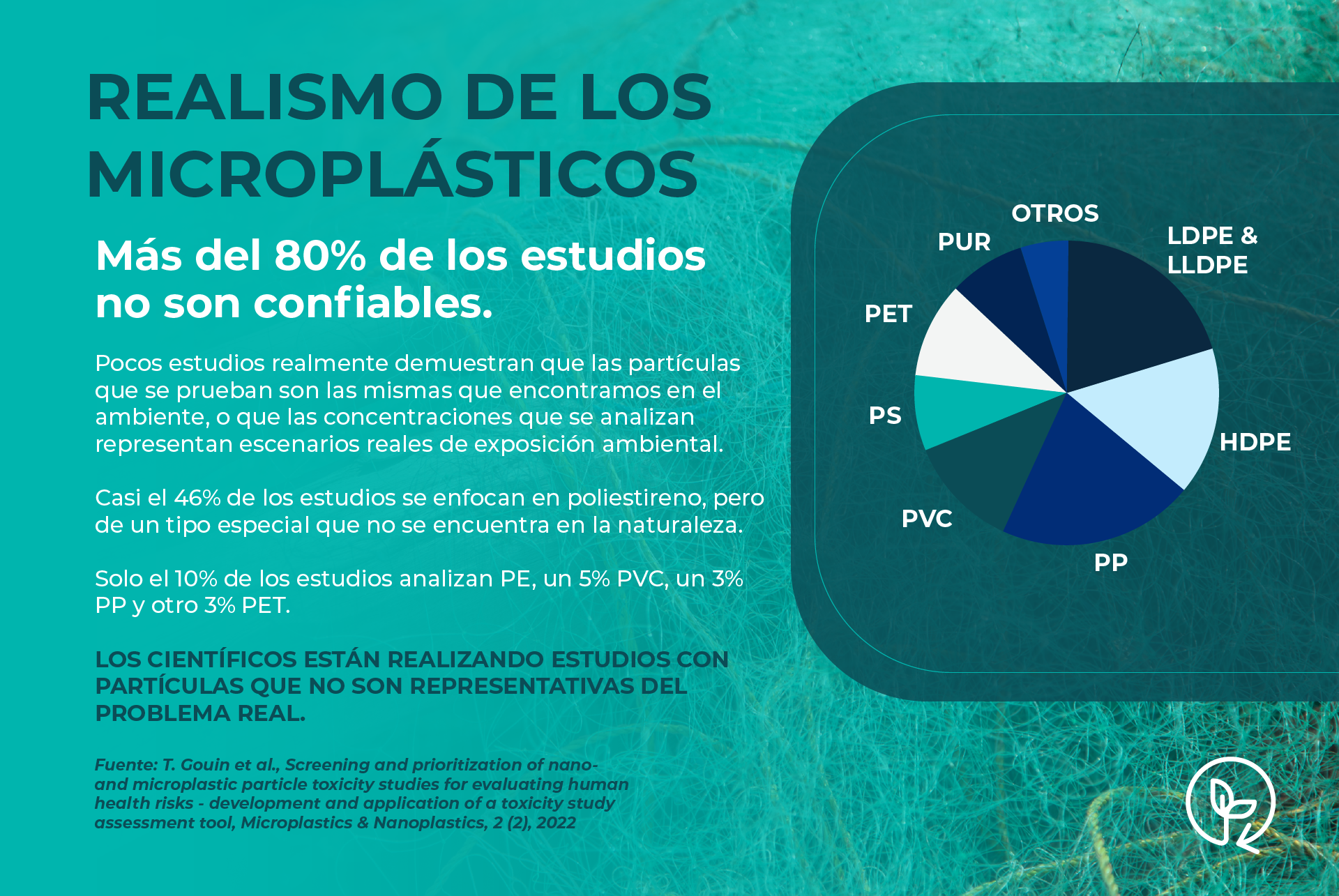
And really... Where do microplastics come from?
However, it is important to know where microplastics come from in order to better understand the problem and how to deal with it. Although we often hear about their negative impact, the reality is that microplastics are the result of various everyday processes and do not come out of nowhere. Here we explain where they come from:
- Wear and tear of large plastics: Imagine a plastic bottle lying on the beach. With the sun, wind and waves, it gradually wears down and breaks into smaller pieces. Over time, these fragments become microplastics. The same happens with bags, packaging and other plastics that end up in the environment.
- Microspheres in products: Many personal care products, such as scrubs and toothpastes, used tiny plastic pellets (microbeads). Although many countries have now banned their use, these beads used to go down the drain and end up in rivers and oceans.
- Plastic fiber from synthetic clothing: Every time we wash polyester, nylon or acrylic clothing, these fibers release microplastics. Because of their size, many of these fibers escape through the filters of water treatment plants and end up in rivers, lakes and seas.
- Tire wear: Car tires release small particles of plastic and rubber as they drive. These particles end up on the streets, and wind and rain wash them into the water and air we breathe.
- Plastic pellets in industry: Plastics do not always reach the market in their final form. Before they are finished products, they are transported as small pellets called pellets. Sometimes, during transport, these pellets are spilled and become another source of microplastics in the environment.
As you can see, microplastics come from a variety of daily activities. This knowledge allows us to approach the problem with a clearer perspective and look for more effective solutions.
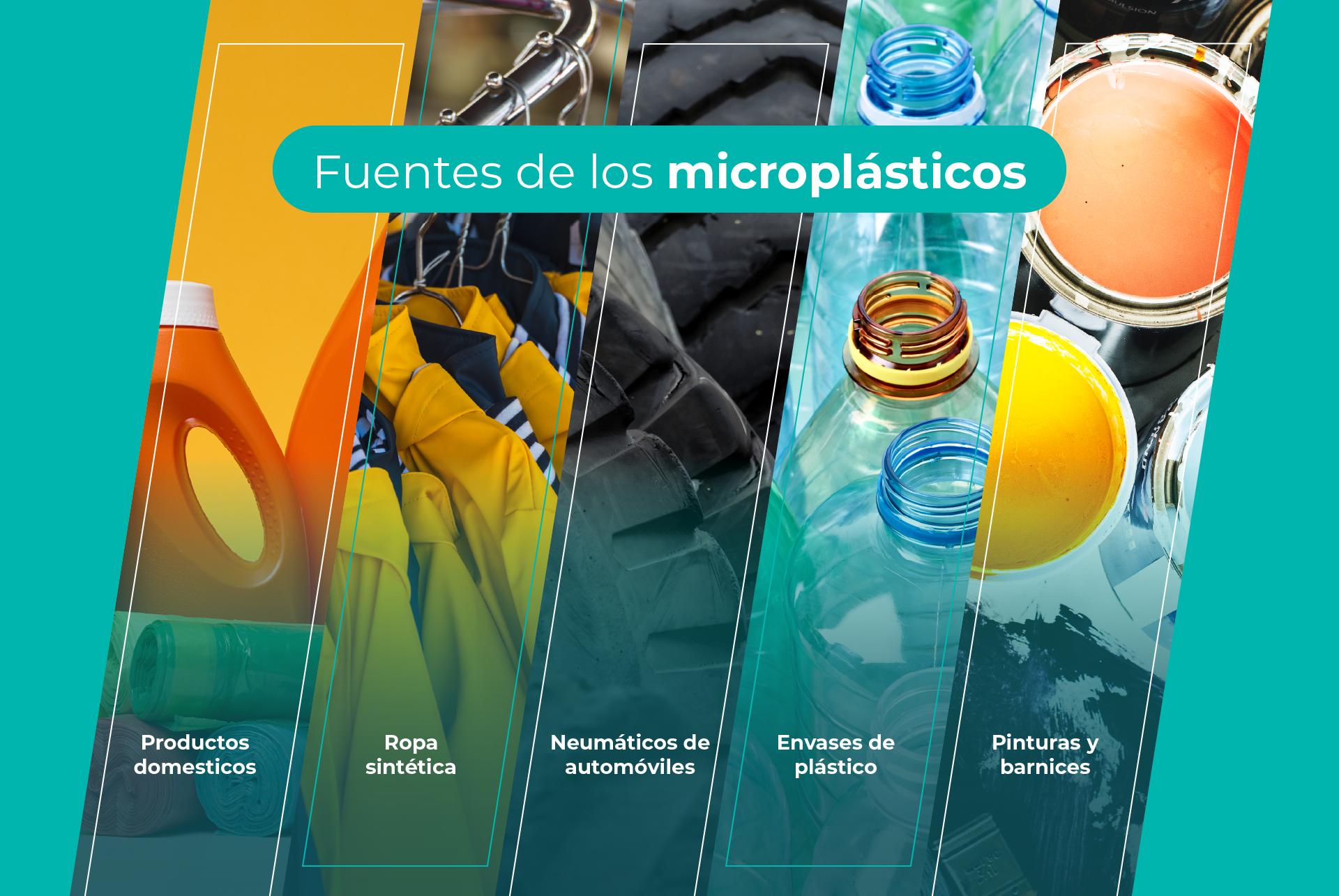
Conclusion on what are microplastics
Now that we know what microplastics are and how they get into the environment, it is important to ask ourselves: are they really the big problem that many believe? Over the years, we have heard many concerns about their impact, but science shows us that there is much to discover before jumping to conclusions.
Dr. Chris DeArmitt reminds us that not everything that is said about microplastics is based on solid evidence. Yes, they are present in the water, the air and even in our bodies, but the most rigorous studies have not yet shown them to be a serious health hazard. In fact, some data suggest that microplastics can absorb toxins into the ocean and prevent them from affecting marine life.
What is clear is that the mismanagement of plastic waste is the real problem. It's not about eliminating plastic from our lives, it's about making sure it is used responsibly and doesn't end up in nature. If we recycle correctly, support sustainable solutions and avoid unnecessary waste, we can reduce the amount of plastics that fragment into microplastics.
Instead of being alarmed without hard evidence, let's focus on effective actions. Science is still investigating the issue and, in the meantime, we can be part of the solution without falling into fear or exaggerated information. In the end, what really matters is how we manage our resources and what decisions we make to take care of our planet.
